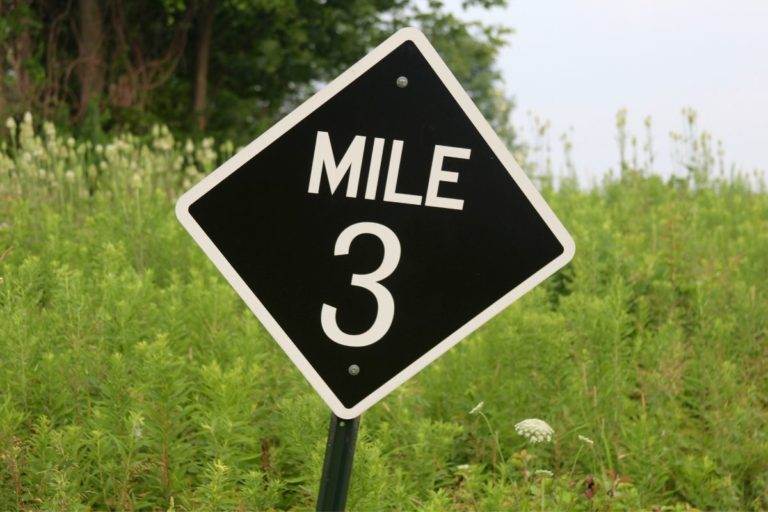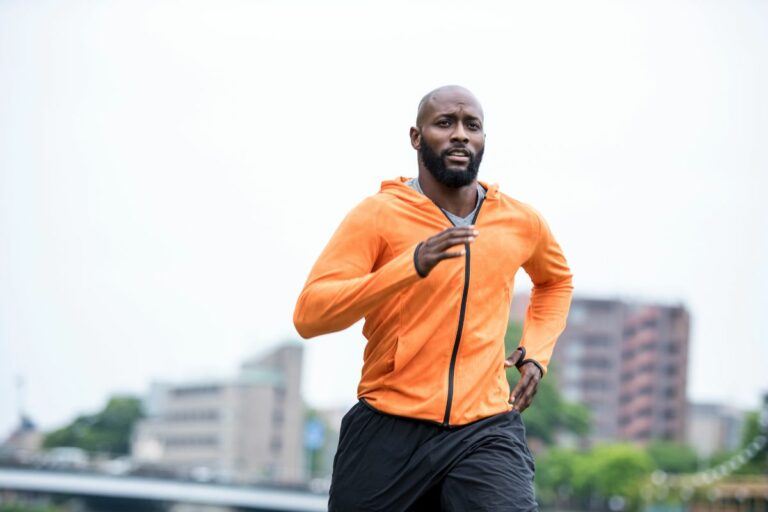The Fascinating History of Running: From Ancient Times to Modern Day Sports

When was running invented? Well, it has been a part of human activity for as long as humans have existed as a means of hunting, transport, and survival.
The first recorded evidence of running as a sport dates back to the ancient civilizations of Egypt, Greece, and Rome.
The oldest recorded Olympics, held in ancient Greece, included running as one of the events.
Modern-style organized running events and competitions have been arranged for a few hundred years.
When Was Running Invented?
It is difficult to determine precisely when running was invented. Running is a natural human activity that has likely been around since the beginning of human history.
The earliest evidence of running can be traced back to ancient civilizations such as Egypt, Greece, and Rome. Running was used for various purposes and was also a popular sport.
The first recorded races are thought to have been held in ancient Greece as part of the Olympic Games.
Running has become a popular way of fitness and sports. At the same time, competitive sports have turned into big business.
The history of running is fascinating, as every culture has a connection to the sport.
The Evolution of Running as a Hunting Technique
Humans are not considered fast runners. In comparison to other animals in the world, the average human will be outrun by many prey and predator creatures. This is because we run on two feet instead of four.
With four feet and leg muscles, creatures such as lions or zebras can produce less energy to run fast. For example, the fastest human runner in the world, Usain Bolt, couldn’t outrun a typical cheetah.
1. Humans Are Able to Regulate Their Body Temperature and Sweat
However, what we lack in speed, we make up for in endurance. We can continue running much longer than other creatures.
That means when we hunt other animals, we don’t need to be faster than them. We wear them down.
- The reason for our endurance skills is due to our ability to sweat.
- Most creatures have fur and cannot sweat.
- Instead, they cool down by panting.
However, these creatures need to breathe oxygen too, which means sooner or later they will end up panting too much to take in oxygen.
Humans, however, cool down through sweat which means our breathing can be solely used to take in the oxygen needed to power our muscles.
2. The Human Body Is Well-Suited to Long-Distance Running
The second reason why we are great at endurance running is the same reason why we are slower than our competitors.
Standing upright means that gravity pulls us down, and we lose kinetic energy from the motion. But because of the tendons in our ankles and knees, we can spring back up, giving us an easier projection.
Animals on four legs, however, have their organs pushed backward and forwards as there isn’t a singular linear path for gravity to take.
This means additional energy is needed to keep their body stable. Four legged creatures don’t have ankle tendons either, meaning they have no “spring” to re-retrieve that energy.
The creature’s energy will run out faster than ours, giving us more chances to catch our prey.
Running In Symbolism

1. The Olympic Torch Relay: A Modern Reenactment of an Ancient Tradition
Several symbols have been associated with running throughout history.
We all know the Olympic torch used in the modern Olympic Games.
The Olympic torch represents the fire that kept burning in ancient Greece at the temple of Zeus during the Olympic Games. The fire was believed to be a symbol of purity.
The torch relay, in which runners carry the flame from Greece to the Olympic games site, is a modern reenactment of this ancient tradition.
2. The Role of Running in the Ancient Sed Festival
The earliest known symbol of running can be dated back to 3100 BC. The running person is an Ancient Egyptian Pharaoh symbolizing the Sed Festival.
In the paintings and carvings, the pharaoh would be running to his future self, symbolizing another year of rule. He would run 4 laps while wearing a royal dress.
Many believe that a physical race would take place too, as the imagery was more than just symbolism but a reflection of events that passed.
Running as Part of a Sport
It is difficult to say with certainty what the oldest running event other than the Olympic Games is, as many ancient running events likely went unrecorded.
Running as a sport could have been invented as soon as the skill was learned.
1. Tailteann Games
One of the oldest competition events to be officially recorded took place in 1829 BC (but historical records are somewhat unclear).
The event happened in Ireland as a commemoration festival for Queen Tailtiu, a mythological figure in Irish folklore.
In her honor and as part of a prayer for a good harvest, Tailteann Games were held.
In the games, you would expect running events as well as sword fighting, boxing, chariot racing, archery, the high jump, the long jump, and spear throwing.
2. Olympic games
Tailteann Games might sound familiar in the form of the Olympic games.
The first ever Olympic games were documented later in 724 BC.
The first-ever marathon was part of the Olympic games and was recorded in 490 BC.
For more info, we also have an article covering the history of the marathon and why the marathon is 26.2 miles long.
The Rise of Professional Running: From Amateur Sport to Big Business
Unfortunately, we can’t determine when the first professional runner started his job.
1. Army Messengers
Army units had messengers or runners who ran from camp to camp with messages.
The earliest story of a professional runner that became famous is based around Pheidippides. He was a messenger for the Greek military in 490 BC. Pheidippides ran 140 miles (other sources state that he ran 25 miles) to announce their victory over the Persians and died of exhaustion after making his speech.
In memory of Pheidippides and his achievements, the marathon was born.
2. First Competitive Events
As organized athletic competitions became more common, some runners likely began to train more seriously to succeed. These runners may have received financial support from sponsors or event organizers.
They may have been considered professional runners in the modern sense. However, it is difficult to say who was the first professional runner.
3. Making a Living from Running
Over the last 100 years, professional runners have become more common and have gained more recognition and success. At the beginning of the 20th century, professional runners were relatively rare. Competitors in running events were still considered amateurs.
However, with the growing popularity of running, more and more runners have made a living from their sport.
For example, first place at the Boston Marathon earns $150,000 in prize money. Additionally, there is a $50,000 bonus to anybody who sets a course record.
Companies sponsor many professional runners. They may receive financial support from these sponsors in addition to prize money from the races.
Professional runners have also been involved in developing running shoe technology, often collaborating with shoe manufacturers to design and test new products.
You may have wondered how to make money running marathons. That’s why we have an article covering How To Make Money Running Marathons? (8 Ideas To Get Paid).
Arthur Lydiard: A Pioneering Coach in the History of Running
Arthur Lydiard was a New Zealand running coach and a pioneer in the sport of distance running.
He developed a revolutionary training system during the 1950s and 1960s emphasizing the importance of building a solid aerobic base through long-distance running.
His method was highly influential and shaped the way running is practiced and coached today. Lydiard wrote several books on running and traveled widely to share his ideas and coach runners.
The Rise of Running: How the Sport Became Trendy
Running has become popular due to awareness of the benefits of regular physical activity, many organized events, and the influence of social media.
Jogging is a simple and accessible way to exercise. People of all ages and fitness levels can do it. It is easy for you to start.
The running industry, including the production of running shoes, apparel, and other gear, has also grown in response to the trendiness of the sport.
The Bottom Line
Running wasn’t invented by one person or one community. It is a basic motion that able-bodied people can achieve without much thought. However, humans are the best long-distance runners in the animal kingdom.
Knowing this, it shouldn’t be surprising to learn that running has been part of our history, festivities, professions, and symbols for as long as records can show.
Getting ready for the next running event? Find out which marathons in the United States are the most scenic.





